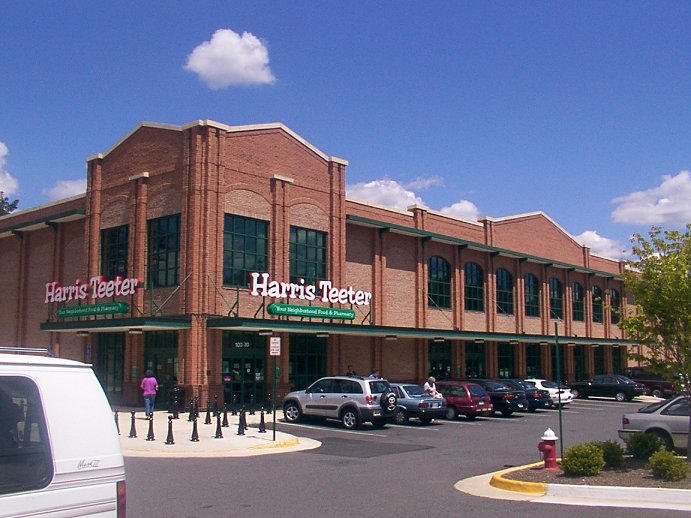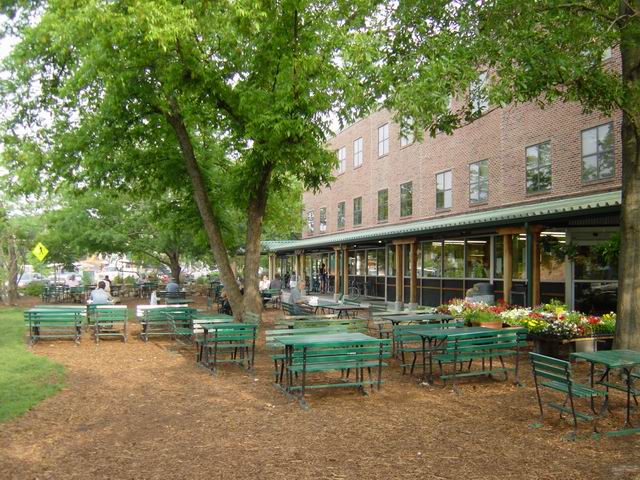Tuesday, October 2, 2007
Final Presentation
Quick note: in slide 6/11, under Harris Teeter, Harris Teeter Brand prices and Organic Valley prices were accidentally switched. Sorry about that! Harris Teeter brand was by far the cheapest available on the market.
Maps
Also, here were our official group meeting times thanks to Jack, our research coordinator.
Sept. 11th: outside of the Student Union to discuss the central question and to come up with questions that we would need to answer in order to be able to write the paper.
Sept 21st: Visited Harris Teeter to gather information on milk prices, brands, distributors etc.
Sept 26th: Met at Union to discuss future plans and how we would go about getting information from Food Lion and Weaver St. Market.
October 2nd: Met at 3:15 outside of Union to finalize plans for presentation, go over paper and figure out if we were missing anything on the rubric that needed to get done.
Monday, October 1, 2007
The Maryland and Virginia Milk Producers Cooperative Association
Information on
Hunter Farms (Harris Teeter Brands) and Food Lion brands both use M&V Milk Cooperative. Because of huge demand, however, Hunter Farms also uses Piedmont Milk (see below for more info) which is privately owned. A big question stems from the difference between private milk and cooperative milk.
M&V's logo here shows cows, the farm, the cooperative, and the final bottle of milk. Througout their website there are idyllic images of small farm, sunsets, and the association of the coop with big money. Piedmont Milk, conversely, doesn't have a website.
M&V is responsible for marketing the raw milk to processors as well as doing in house processing and balancing. This is not done by Piedmont Milk.
M&V collects raw milk and organizes buyers for it. They also schedule and organize pickup and delivery. Some clients (such as Food Lion) do not have diary processing capabilities, so production is shifted to one of the three in house fluid processing plants. The plant for Food
Lion brand in Carborro is in
Production is done independently of the Coop by individual farm owners. Profits are divided by volume produced (image courtesy of the University of Georgia).
If there is extra milk on the market from weekend production, or from a period of surplus, milk is transferred to a balancing plant. This brings up interesting economics issues—they are actively controlling the amount of supply to artificially control the price. At a balancing plant, milk is converted into a “shelf stable” form. This is milk powder, cream, or condensed milk.
All profits from the milk sales are then collected and divided by volume amongst members of the cooperative. Specifically, it is divided “per hundred weight” basis. Dairy farmers are paid a fixed price per hundred pounds of milk. Thus, a major difference between cooperatives and private distribution is that in a cooperative, farmers just produce the milk. Privately, they must find a middle man and worry about infrastructure issues associated with distribution of their product.
A major factor in comparing
Geography and the “Milk Deficit”
A large milk cooperative such as M&V Milk Cooperative will have about 1,500 milk producing families, each of whom can own several dairies. The geographical distribution of farms for M&V Milk Cooperative stretches from
-Source- Amber in the communications department (703.742.6800)
-Website- (https://www.mdvamilk.com/index.php?)





